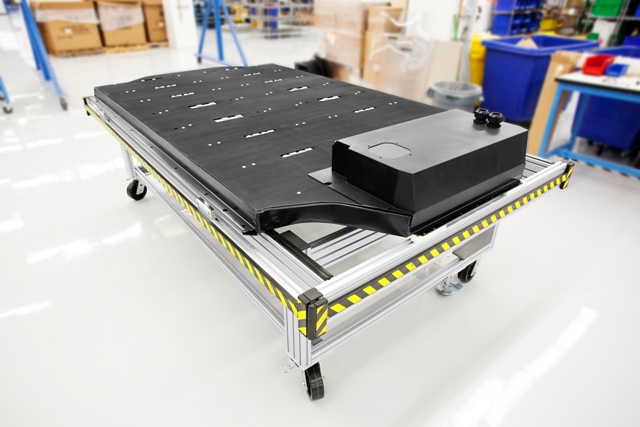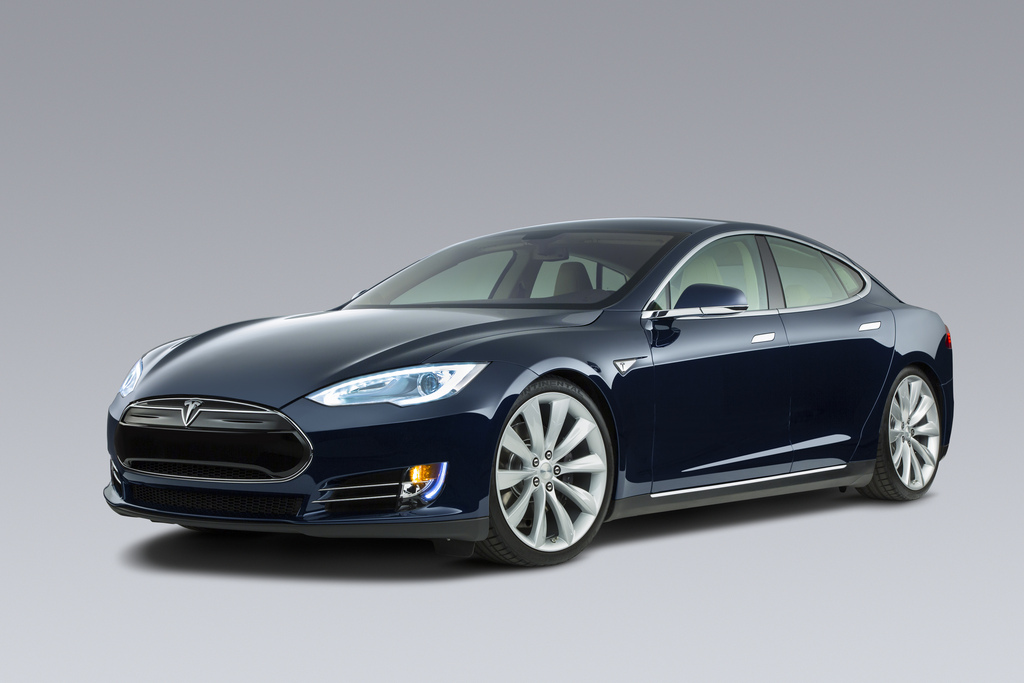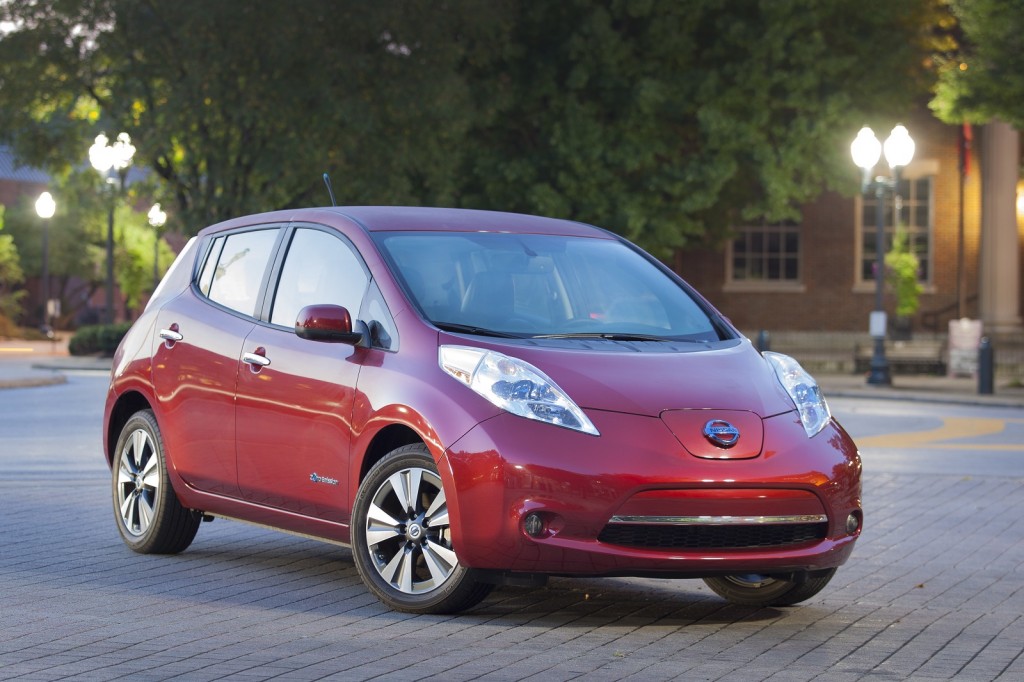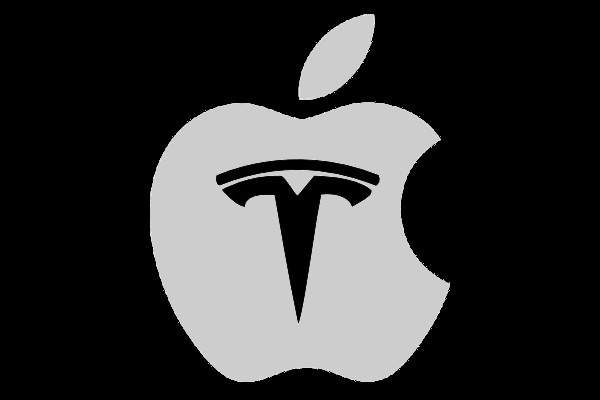
Tesla Motors - Model S lithium-ion battery pack
The 210,000 plug-in electric vehicles sold around the world last year used a lot of lithium-ion batteries.
But if startup automaker Tesla Motors has its way, it will soon need as many lithium-ion cells (of the 18650 format it uses) as are now built worldwide.
That's why the company plans to release more details this week on its upcoming "gigafactory," a huge U.S. plant to build the cells it needed to let it boost production from last year's 24,000 electric cars to more than 100,000 by 2018.
MORE: Will Tesla Alone Double Global Demand For Its Battery Cells?
Already electric cars are consuming huge amounts of lithium-ion cells--and if the sector grows as expected, a whole new industrial base for battery production may be required.

2014 Tesla Model S
42 cars, 5 gigawatt-hours
Here's the math from last year--Tesla's first full year of production for its Model S electric luxury sport sedan.
Building off the hard work of Jose Pontes at EV-Sales.Blogspot.com, which tracks sales of 42 different electric vehicles around the world, the sector appears to have consumed about 4800 MegaWatt-hours (MWh) of lithium-ion batteries.
Market research has predicted that in 2013 the total global lithium-ion battery market–excluding cars–would be about 40,000 MWh (with a healthy margin of error).
[UPDATE: Tesla’s GigaFactory presentation, summarized here, suggests lithium ion battery production was a bit lower, on the order of 34 GWh--or 34,000 MWh--in 2013.]
Add in the auto sector, and electric vehicles already represent roughly one-tenth of global lithium-ion cell use. And this comes merely three years after the December 2010 debuts of the Nissan Leaf and Chevy Volt.

2014 Nissan Leaf
Tesla vs Nissan
Then came the Tesla Model S, which went into volume production in fall 2012. Though it was outsold more than two-to-one by the Nissan Leaf, its much bigger battery pack meant the California carmaker used far more lithium-ion capacity per car.
Tesla has said that more than 70 percent of Tesla Model S cars sold in 2013 were the version with the larger 85-kWh battery pack. The company expects that percentage to decrease somewhat over time, as Model S buyers evolve from "early adopters" to "early majority" types.
This suggests that the average Model S ships with 77 to 78 kWh of batteries. Multiplying by the 22,477 vehicles the company sold worldwide last year, we find that the company's lithium-ion battery consumption amounted to about 1750 MWh--a bit more than one-third of the industry's battery usage.
The much larger number of Nissan Leafs sold last year consumed about 1100 MWh. Together, those two electric cars represented about 60 percent of the vehicle sector's lithium-ion use last year.

Estimated 2013 lithium-ion battery consumption for plug-in electric cars
Tesla vs Apple
Tesla's battery consumption in 2013 was probably about half that of Apple, its Californian corporate colleague.
Apple is reported to have sold 71 million iPads and 150 million iPhones in its fiscal 2013. Without knowing the exact product mix, we might estimate the average iPad battery to be 30 Watt-hours and the average iPhone battery to be 5.4 Watt-hours. [See note at end of story for more details.]
Apple's battery consumption in its fiscal 2013–which doesn't actually match calendar 2013–would thus be about 3000 MWh: 2100 MWh from tablets, 800 MWh from phones. (We rounded up to reflect the batteries in Apple's laptops.)

Tesla Motors - Model S lithium-ion battery pack
This may give credence to speculation that Tesla and Apple may partner in developing the GigaFactory, and that batteries may have been discussed when executives of the two companies met secretly last year.
While Tesla and Apple use different battery chemistries, economies of scale may allow a GigaFactory to produce batteries of any chemistry more cheaply.

Apple-Tesla logo
Other makers
Though the Chevy Volt outsold the Tesla Model S in 2013, its much smaller battery led to a much lower lithium-ion cell consumption, at about 450 MWh.
This was still enough to put the Volt's battery use into third place among plug-in electric carmakers.
The diminutive battery of the Toyota Prius Plug-In Hybrid, on the other hand, meant that 2013's fourth-highest selling plug-in vehicle ranked only eighth in lithium-ion battery use, behind the Mitsubishi Outlander PHEV, Renault Zoe, Renault Kangoo ZE, and BYD E6.
The Chinese BYD E6 was the only other electric vehicle featuring a Tesla-size battery; its 60-kWh pack propelling it into seventh place in consumption, despite modest sales estimated at 1684 vehicles.
BYD (of which famed investor Warren Buffett owns a minority share) doesn't hesitate about going big; its electric buses pack an eye-popping 324 kWh, providing 150-plus miles of range and allowing operators to recharge just once a day.

Chinese battery electric crossover: BYD e6 test drive, Los Angeles, May 2012
Charging forward
Given the growth to come in the plug-in electric vehicle sector, it seems a matter of only a few years before electric vehicles represent 20, 30, even 50 percent of global lithium-ion battery use.
In only three years, electric vehicles look to have gone from zero to about ten percent of the lithium-ion battery market. Imagine where they may go in just the next three--not to mention by 2020.
[NOTE on calculations]
Per media reports, the old iPad and iPad mini had batteries of about 42 Wh and 16 Wh, respectively, for an average of 29 Wh. The newer iPad Air and retina iPad mini have batteries of 32 Wh and 24 Wh, respectively, for an average of 28 Wh.
However the sales were split, an estimate of 30 Wh as the average battery size for Apple's tablet products is probably in the ballpark.
Apple's fiscal-year 2013 runs from September to September, so phone sales would have been dominated by the iPhone 5, 4S, and 4. Their battery sizes are 5.45 Wh, 5.3 Wh, and 5.3 Wh, respectively. As such, an estimate for 5.4 Wh seems reasonable.
_______________________________________________












